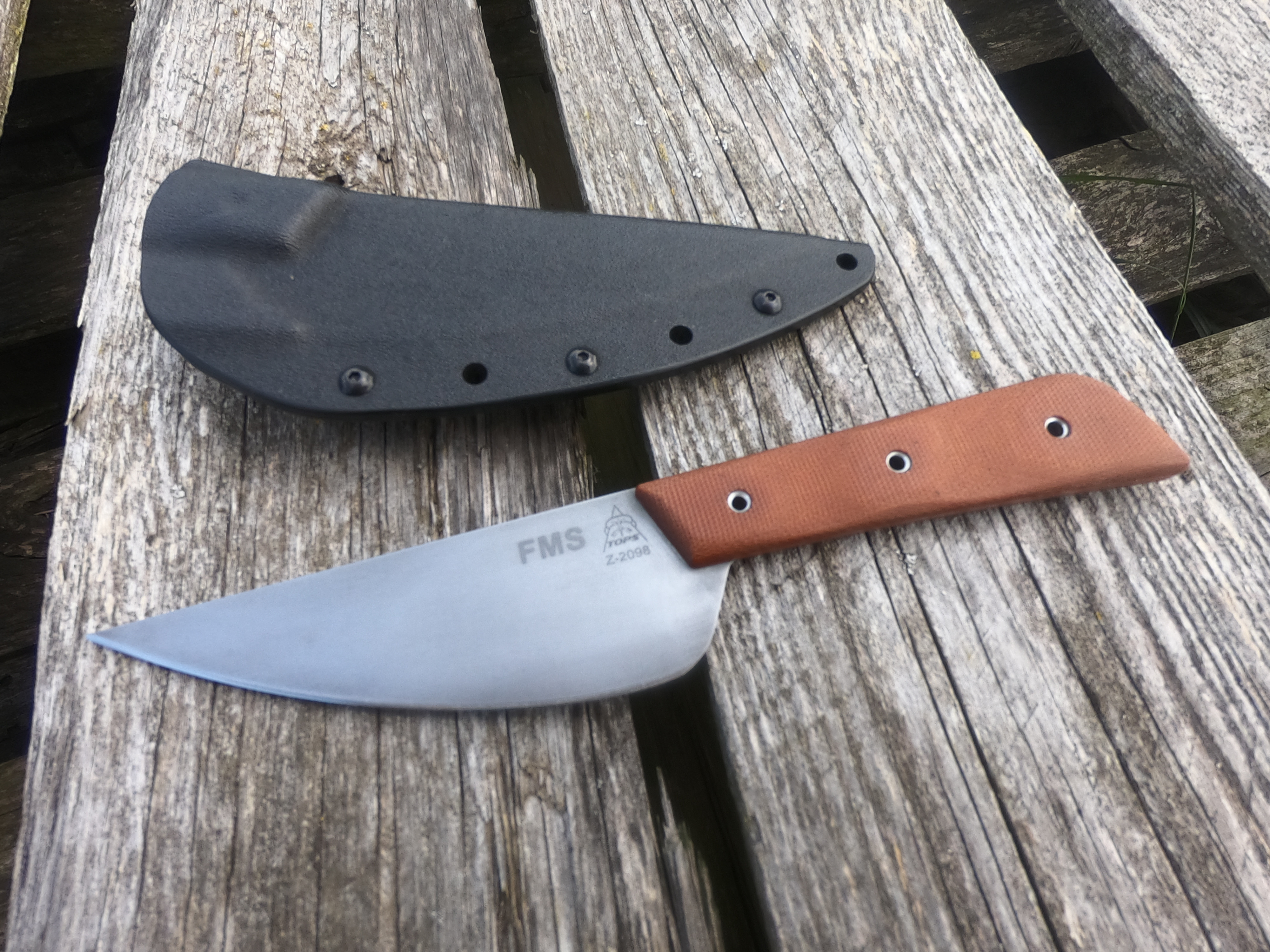- Joined
- Jul 19, 2020
- Messages
- 145
I have a 1095 carbon steel blade 1/16" thick that only gets used for food prep, I went to sharpen it and noticed it's factory edge is ~45-47°. On the manufacturers website they claim to have their grinders set at 25°, this seems like a pretty wide angle for such a knife. Is there any good reason not to take it down to 40°? I don't want to mess it up if there's some specific reason why they would use such an angle. I use a guided sharpening system that'll do both 20 and 25° angles but the factory recommended 25 is not hitting the full grind and the 20° setting hits the shoulder, I put a very light 25° edge on it for now until I figure out what would be best. I think the knife will perform best with a 40° edge but I figured I'd get some opinions on here first.



